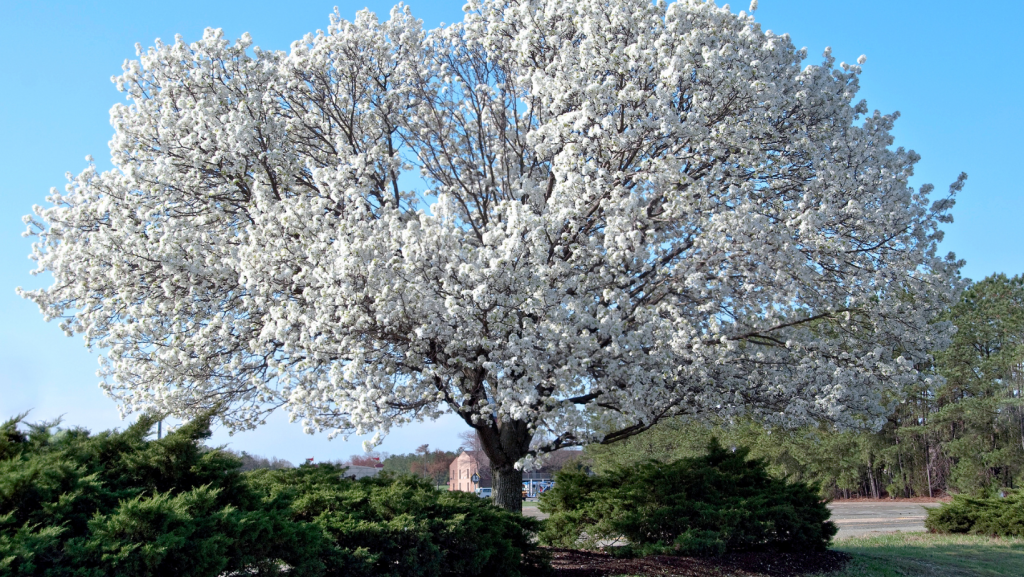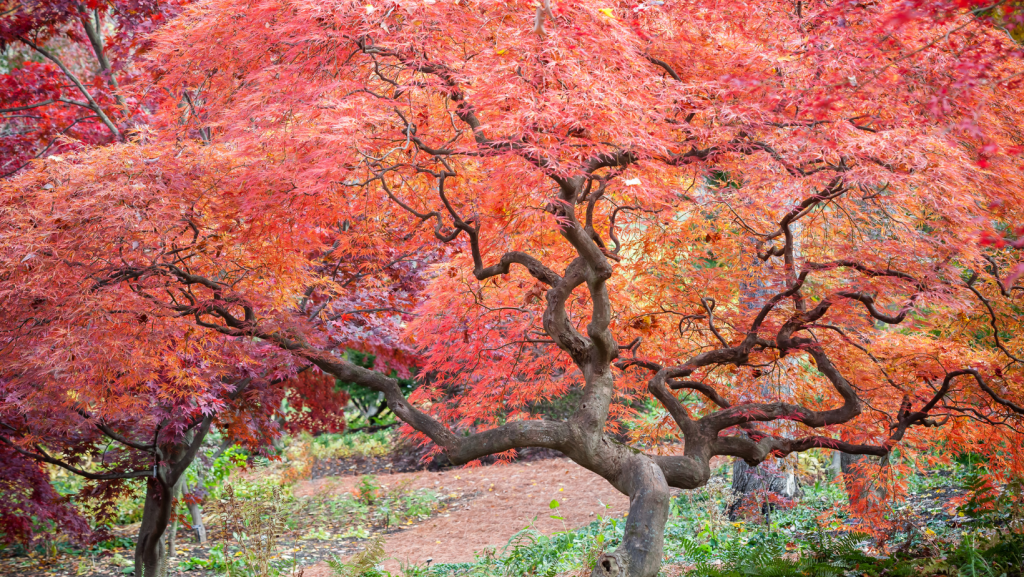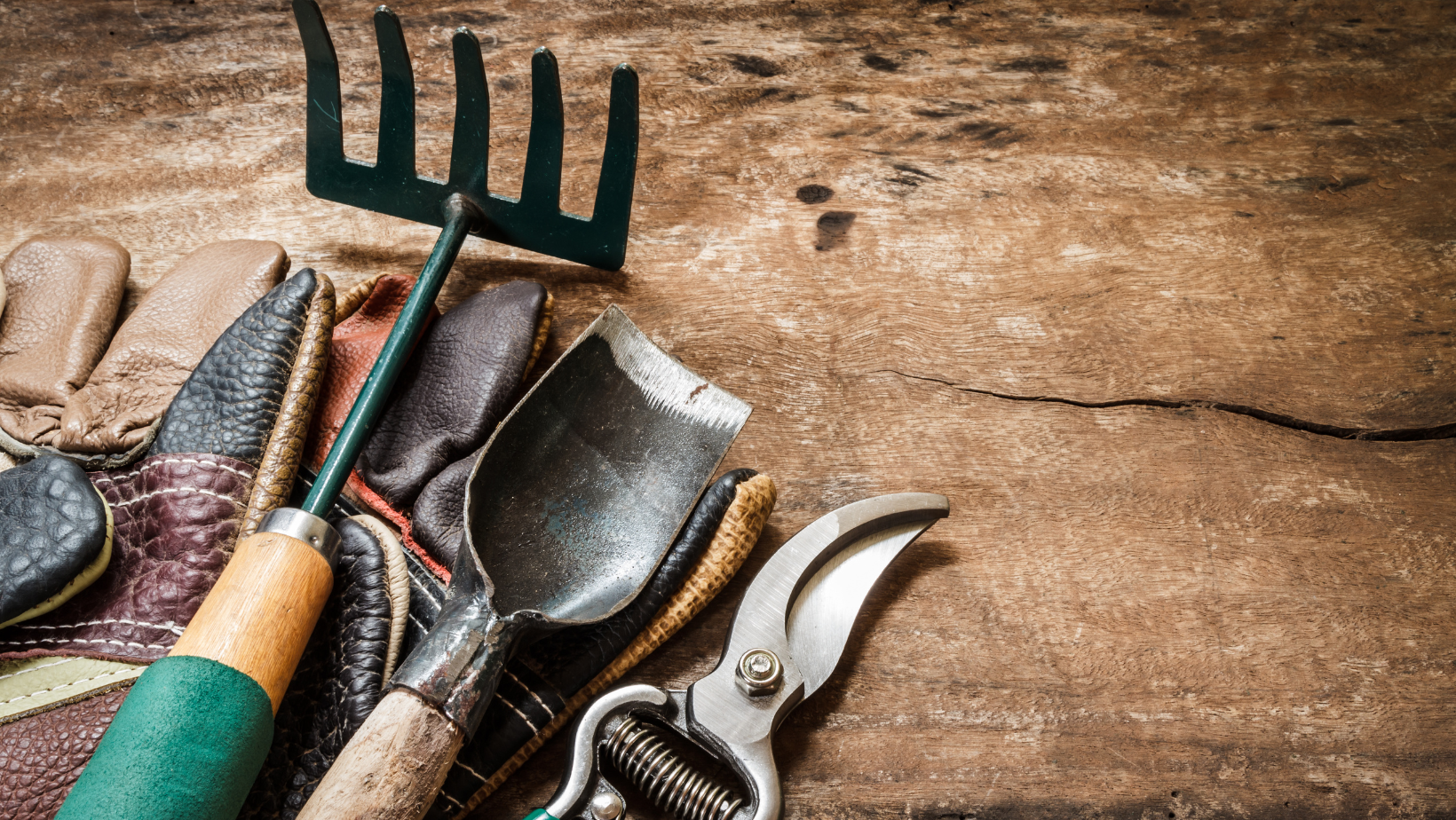Choosing the right tree for your landscape is a crucial decision that affects the aesthetic, functionality, and ecological impact of your garden or property. Trees provide shade, beauty, wildlife habitat, and sometimes even edible fruits or nuts. However, selecting the right type of tree depends on several factors, including space availability, the tree’s size at maturity, climate, and whether you prefer an evergreen or deciduous species.
Choosing the Tree That Works for You
Before selecting a tree, consider the following factors to ensure it will thrive in your space and meet your landscaping goals:
- Available Space:
- Size at Maturity: Consider the tree’s mature height and width. Planting a large tree in a small space can lead to overcrowding, structural damage to nearby buildings, or conflicts with power lines. Conversely, planting a small tree in a large space may not provide the desired impact.
- Root Spread: Tree roots can extend far beyond the canopy. Make sure there is enough space for the root system to grow without damaging foundations, sidewalks, or underground utilities.
- Proximity to Structures: Trees planted too close to homes or buildings can cause issues with roots, branches, or falling debris. Keep large trees at least 15-20 feet away from structures.
- Purpose:
- Shade: Large deciduous trees like maples and oaks are perfect for providing summer shade while allowing sunlight through in the winter.
- Screening/Privacy: Evergreen trees like pines or cedars can create year-round privacy or windbreaks, even in smaller spaces.
- Ornamental Value: Flowering trees like redbuds or magnolias add beauty and seasonal interest with their flowers, foliage, or form.
- Climate and Soil Conditions:
- Hardiness Zone: Choose trees that are well-suited to your USDA Hardiness Zone. Some trees may not survive extreme temperatures, so it’s important to pick species that can tolerate your region’s climate.
- Soil Type and Drainage: Certain trees thrive in specific soil conditions. Make sure your chosen tree is compatible with the soil type (clay, sandy, loamy) and drainage of the planting site.
- Maintenance:
- Pruning Needs: Some trees require regular pruning to maintain their shape or remove dead branches. If low maintenance is a priority, choose trees with minimal pruning needs.
- Debris: Deciduous trees drop leaves in the fall, while some trees produce flowers, fruit, or seeds that require cleanup.

Differences Between Tree Types
Small Trees (Under 25 feet at Maturity)
Small trees are perfect for limited spaces or for adding accents to larger landscapes. They are often used for ornamental purposes, such as adding flowers, colorful foliage, or interesting shapes.
Examples:
- Japanese Maple (Acer palmatum): Known for its stunning red or orange foliage in the fall, Japanese maple is a slow-growing, deciduous tree that stays small, making it perfect for small gardens or as a focal point.
- Dogwood (Cornus florida): A small deciduous tree, dogwoods are prized for their spring flowers and vibrant fall foliage. They typically grow up to 20-25 feet tall and wide.
- Redbud (Cercis canadensis): Known for its beautiful pink-purple flowers that bloom in early spring, the redbud is a small deciduous tree ideal for ornamental purposes.
Large Trees (Over 40 feet at Maturity)
Large trees provide significant shade and are often used in expansive landscapes or as a focal point in larger yards. They also play an important role in supporting wildlife and improving air quality.
Examples:
- Oak (Quercus spp.): Oaks are large, sturdy trees that can live for hundreds of years. They provide excellent shade and are home to many species of wildlife. Depending on the species, oaks can grow 50-80 feet tall.
- Chinese Pistache (Pistacia chinensis): A large deciduous tree that can reach heights of 40-50 feet. They are known for their vibrant fall colors and is drought-tolerant, making it ideal for Fresno’s climate.
- Sycamore (Platanus occidentalis): Known for its distinctive peeling bark and large size (up to 100 feet tall), sycamores are often planted for shade and aesthetic appeal in large spaces.
Evergreen Trees
Evergreen trees retain their foliage year-round, making them excellent for privacy screens, windbreaks, and adding green to the landscape even during the winter months.
Deciduous Trees
Deciduous trees shed their leaves in the fall and provide a dynamic landscape element with seasonal changes in color and form. They are popular for shade and ornamental purposes.

Conclusion
Choosing the right tree for your space involves considering the tree’s mature size, growth habits, and maintenance needs. Whether you want a small ornamental tree for a compact garden or a large shade tree for a more expansive landscape, understanding the differences between small, large, evergreen, and deciduous trees will help you make an informed decision. With the right tree, you can enhance your landscape’s beauty, provide shade, improve air quality, and support local wildlife.
Need Assistance? Contact Us at Green Hills Nursery
Selecting the right tree for your landscape can be overwhelming, but our experts at Green Hills Nursery are here to help! Whether you’re looking for small ornamentals or large shade trees, we can provide personalized advice and recommendations based on your specific needs. Visit us or bring in pictures of your landscape, and we’ll help you choose the perfect tree for your space.




